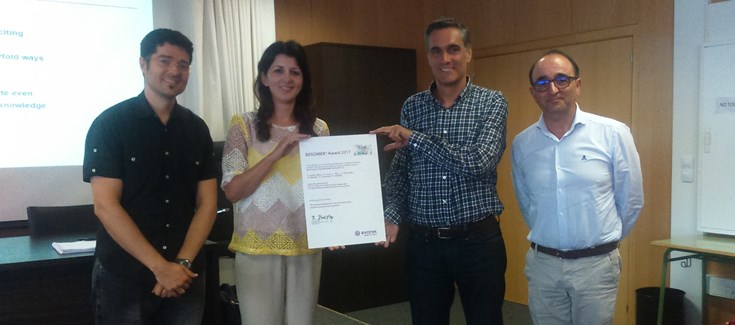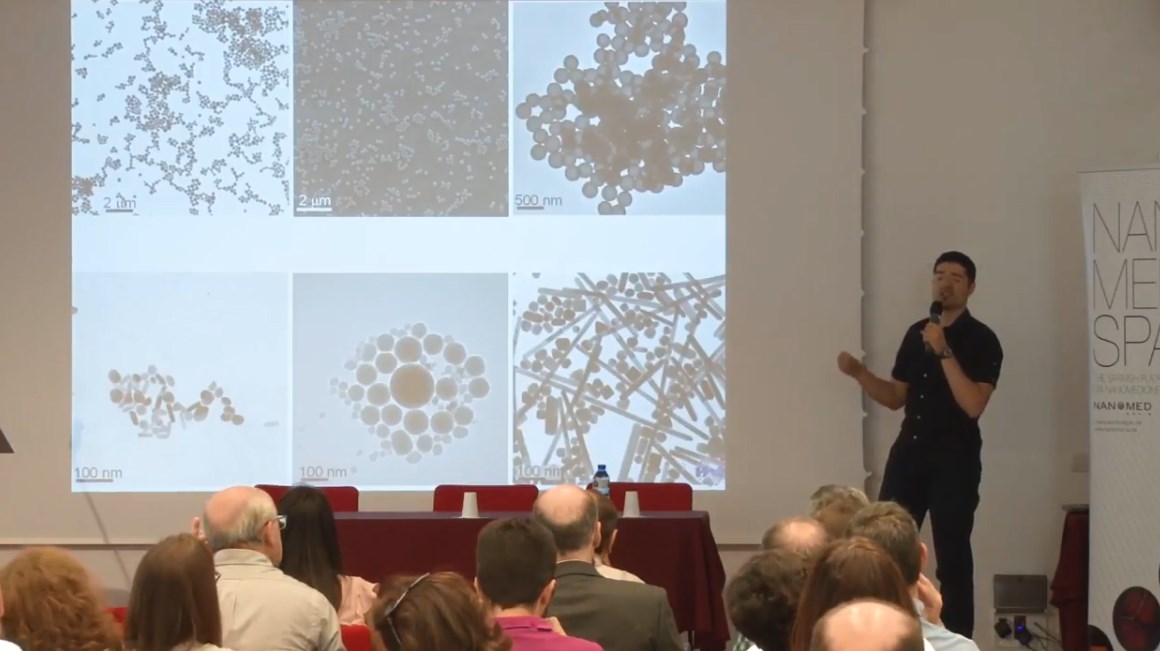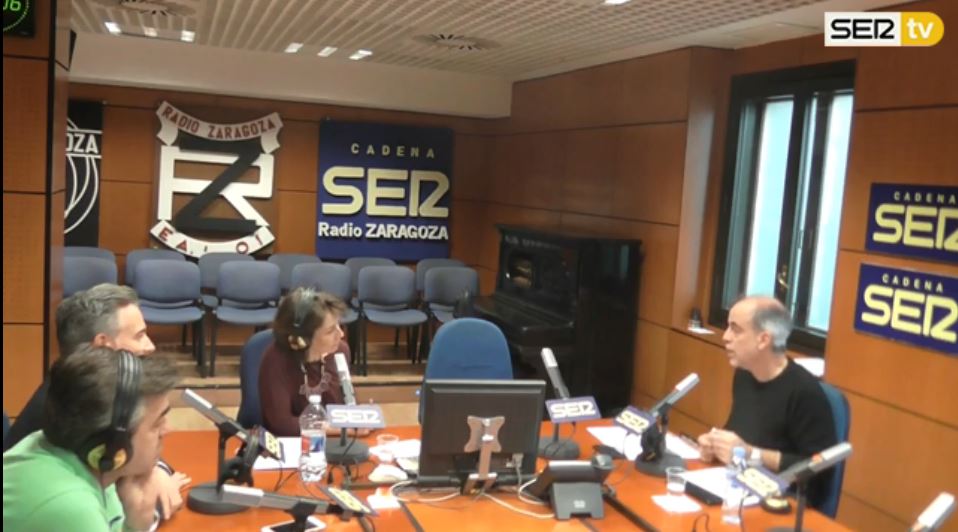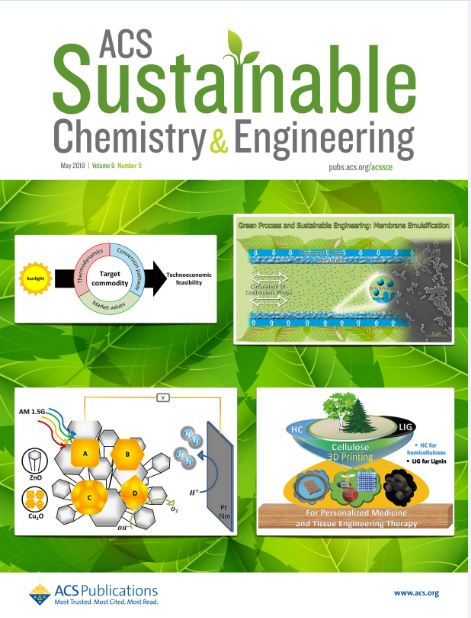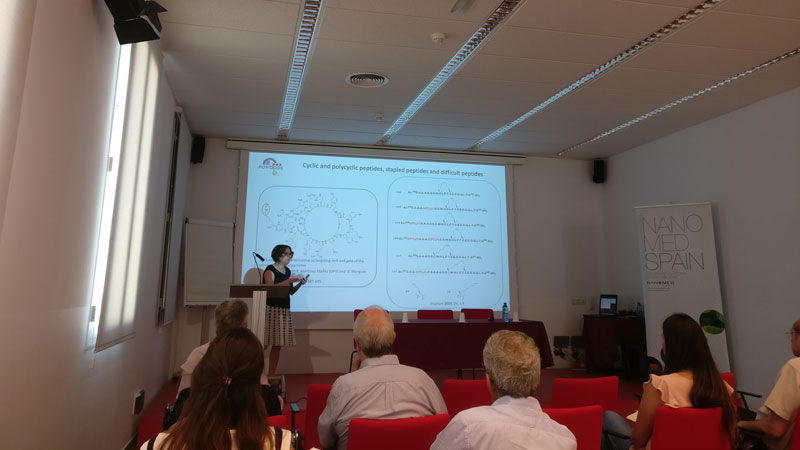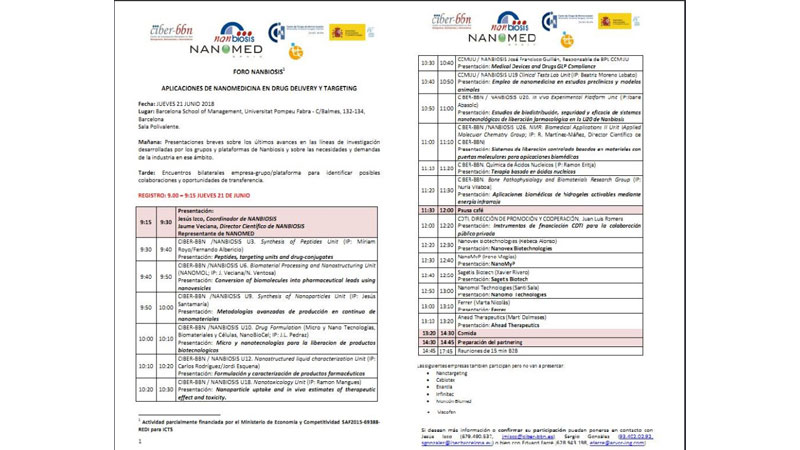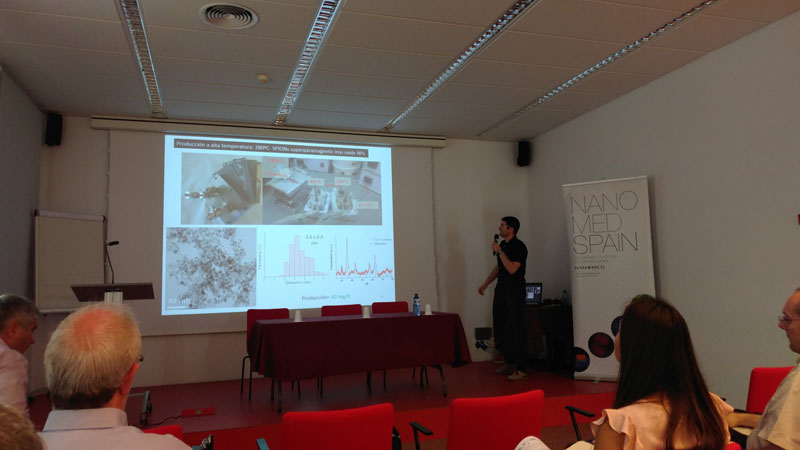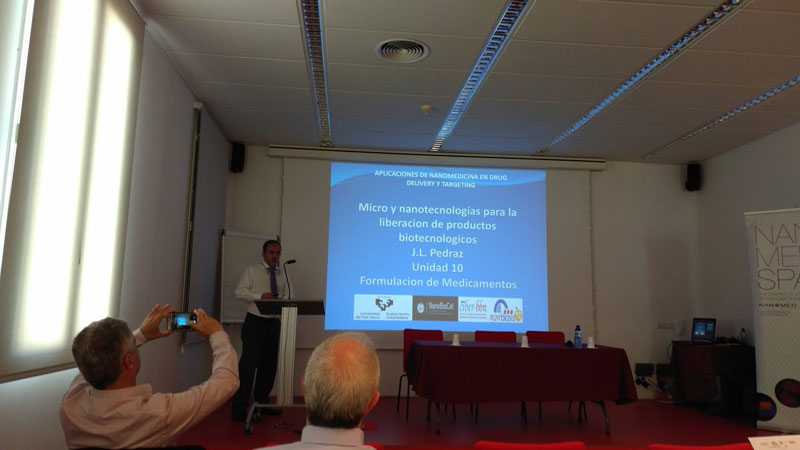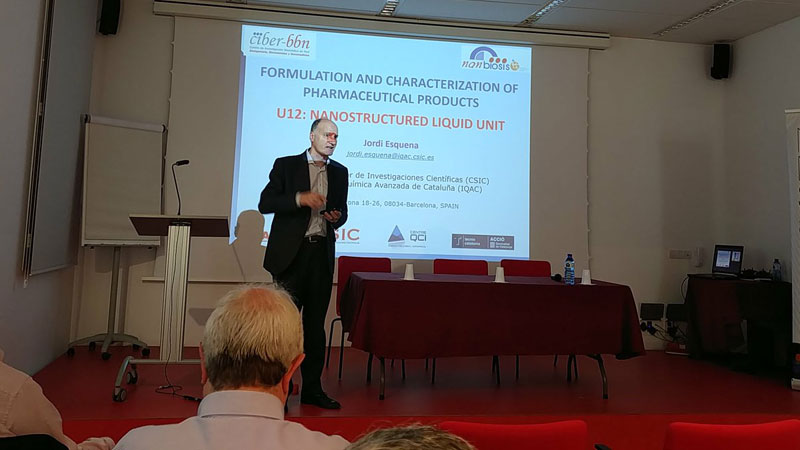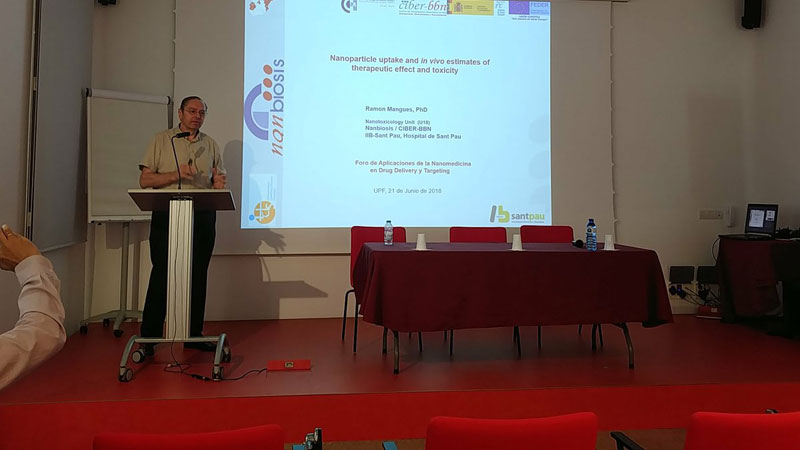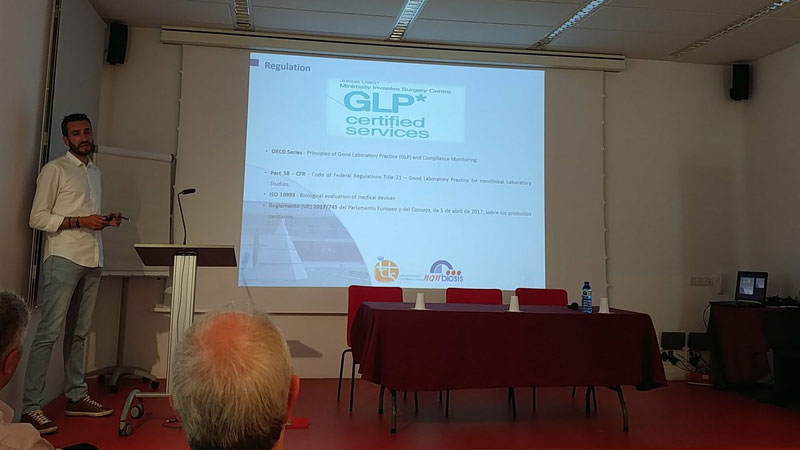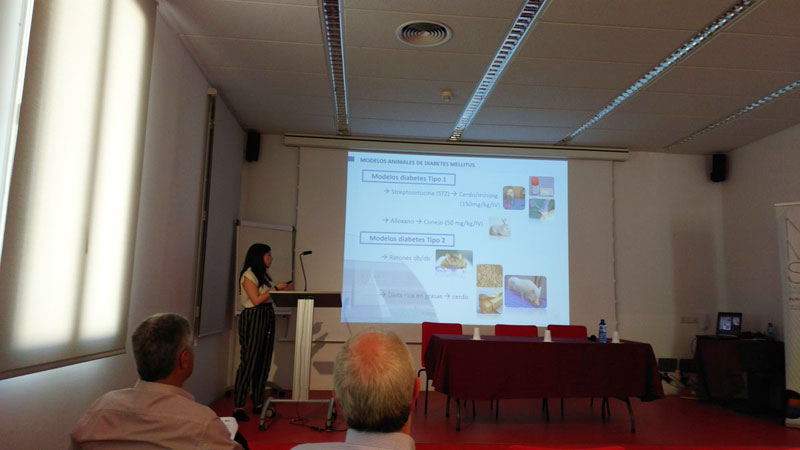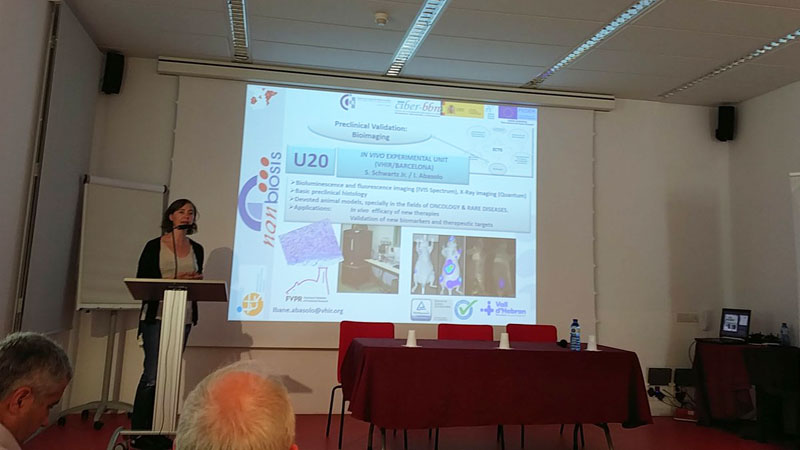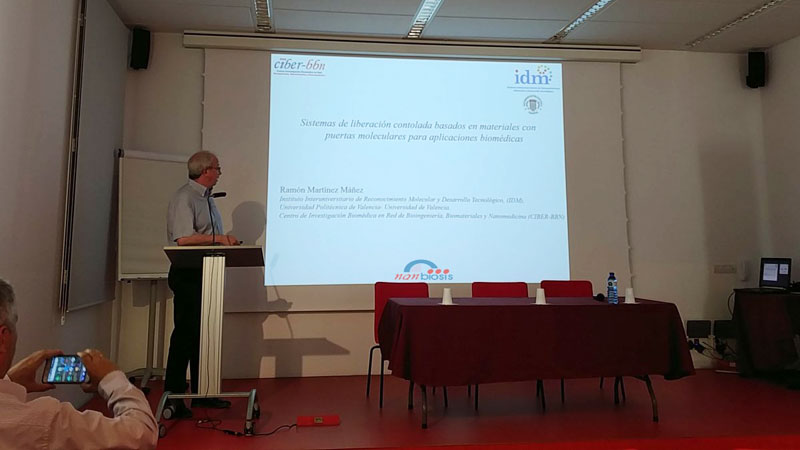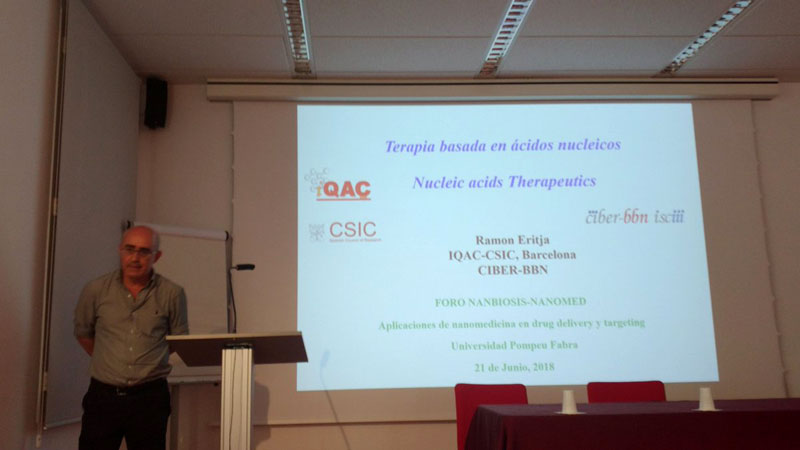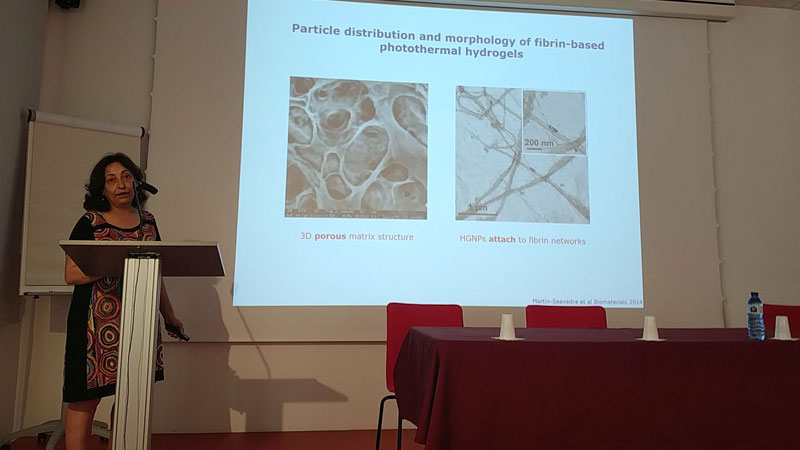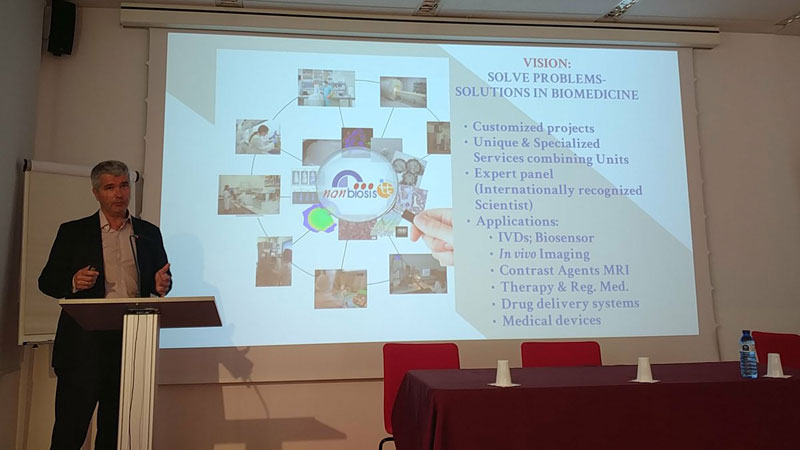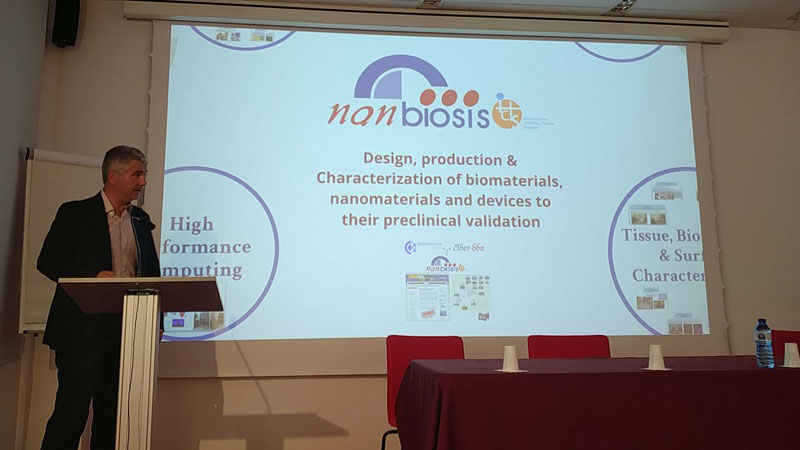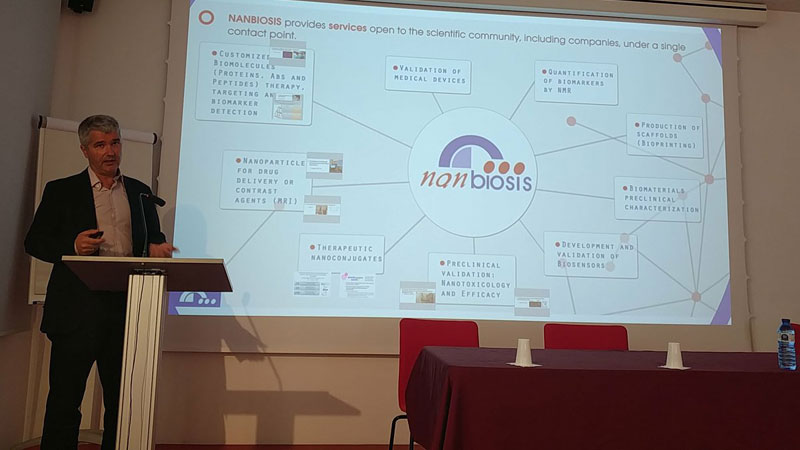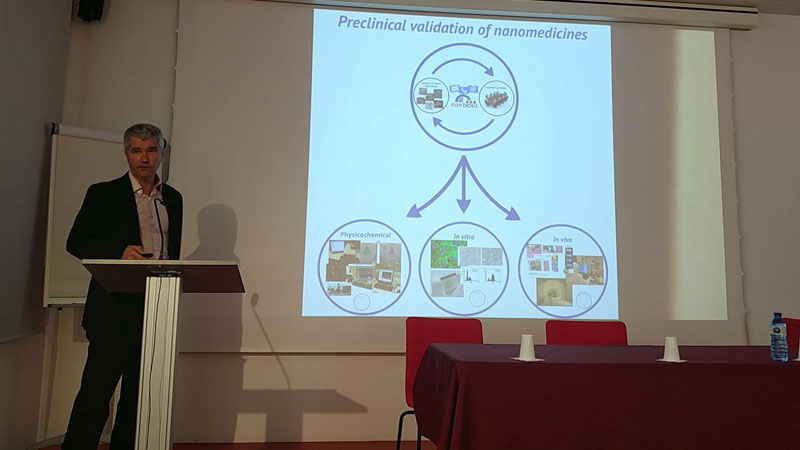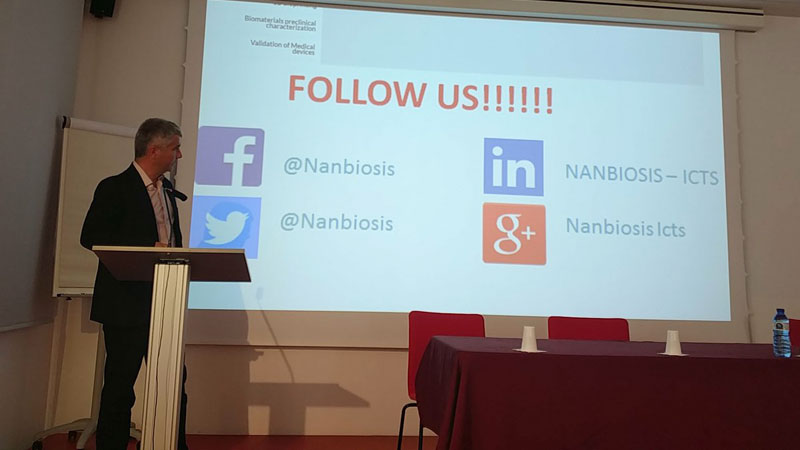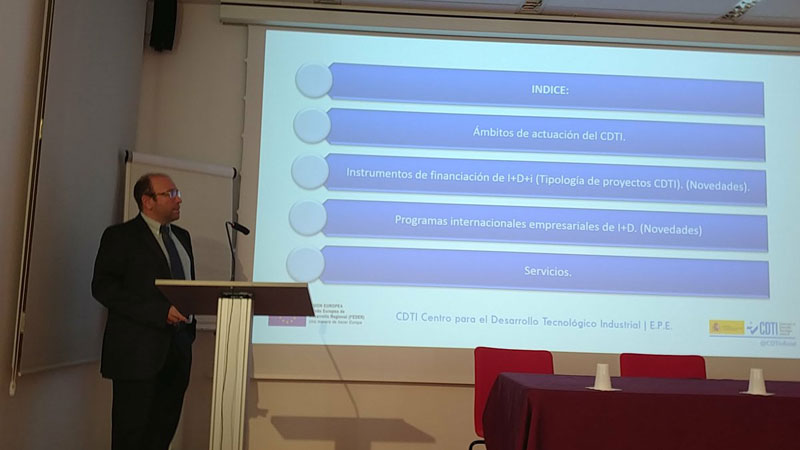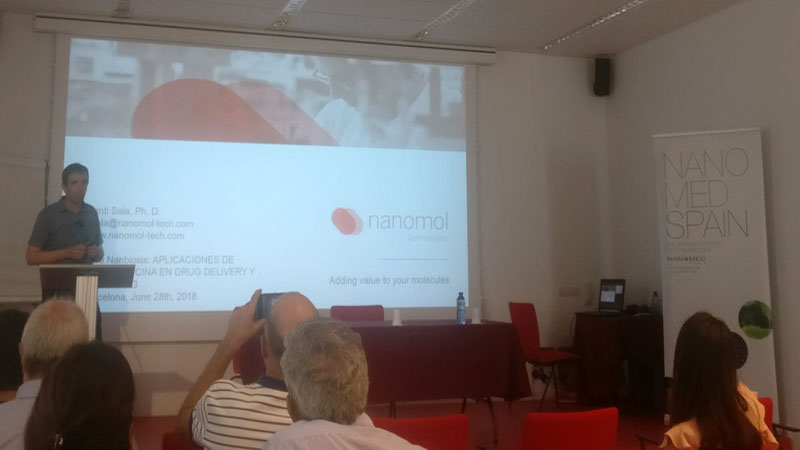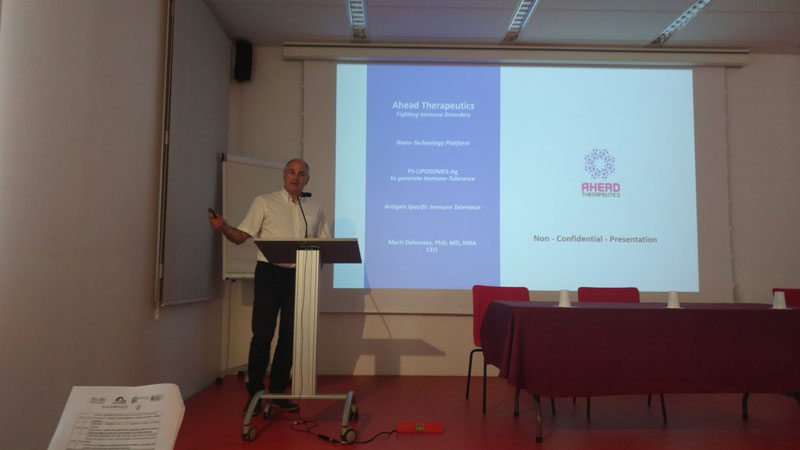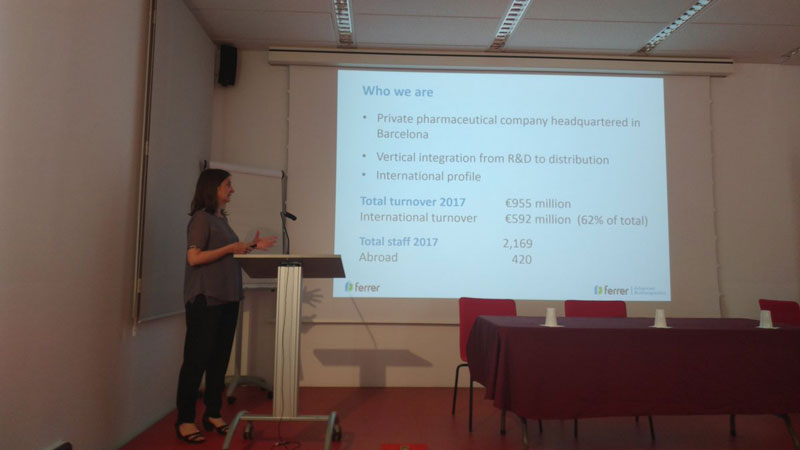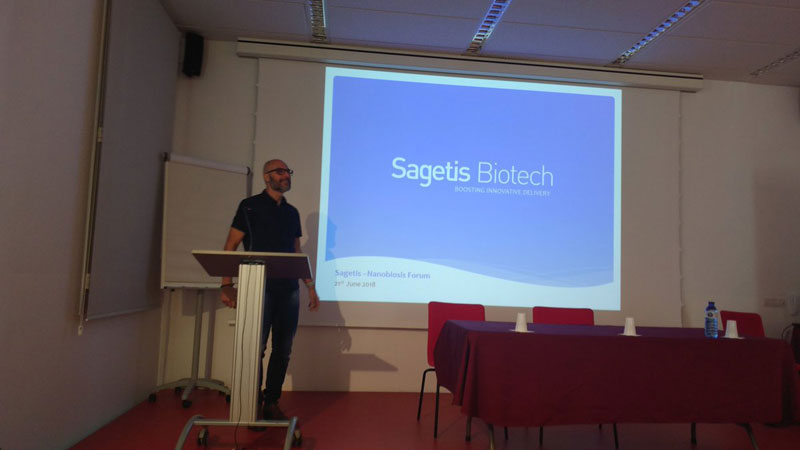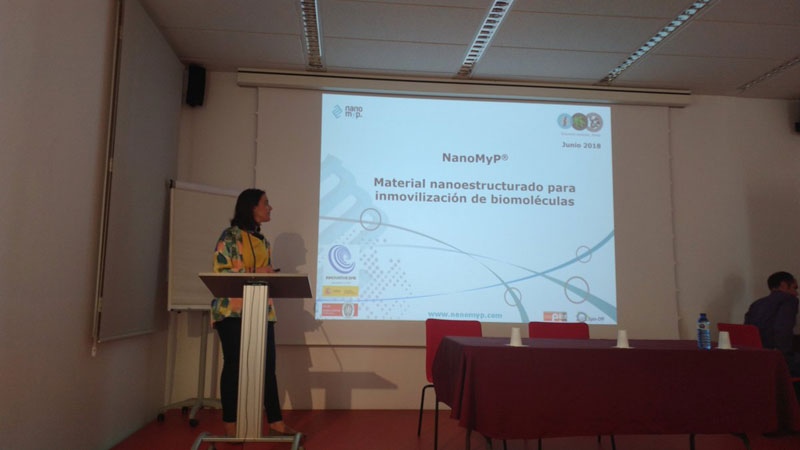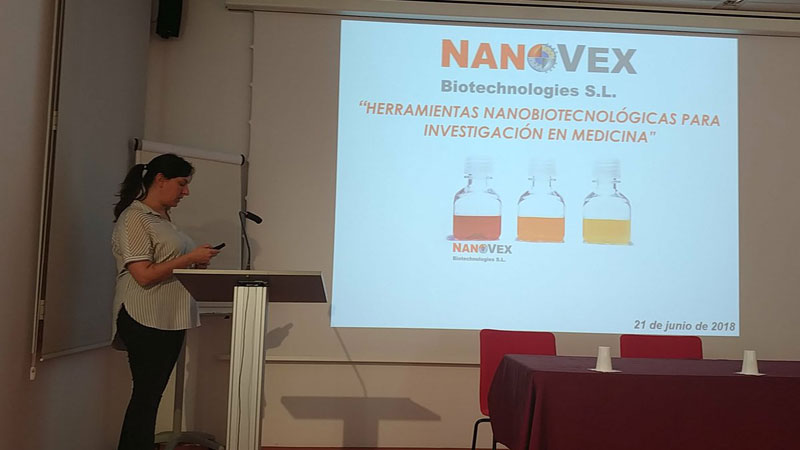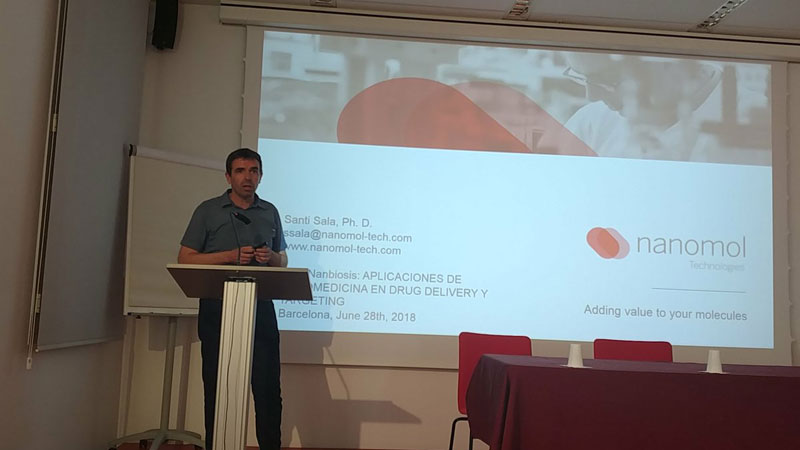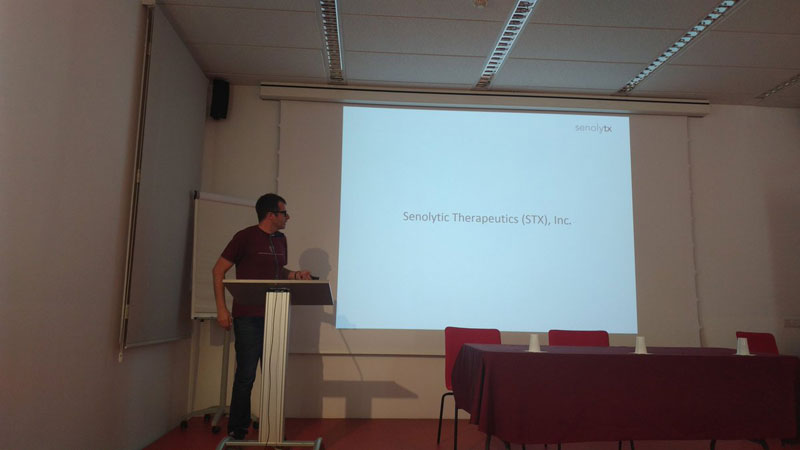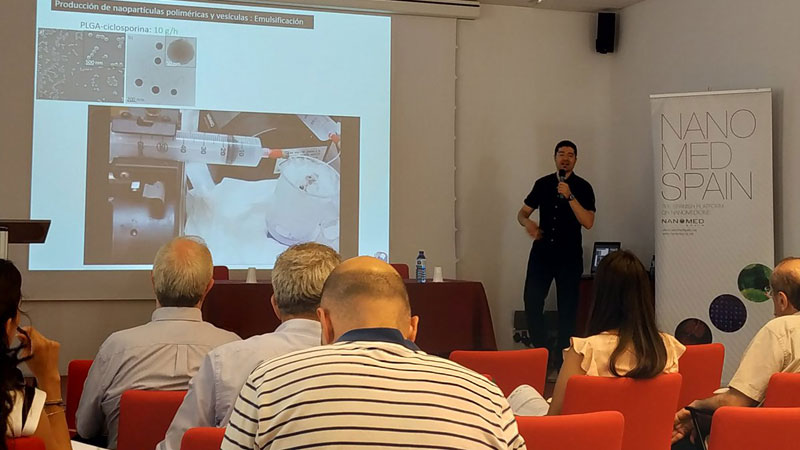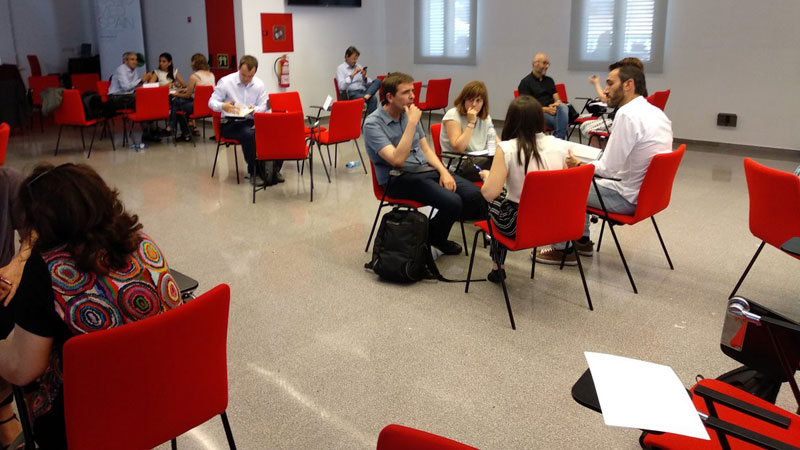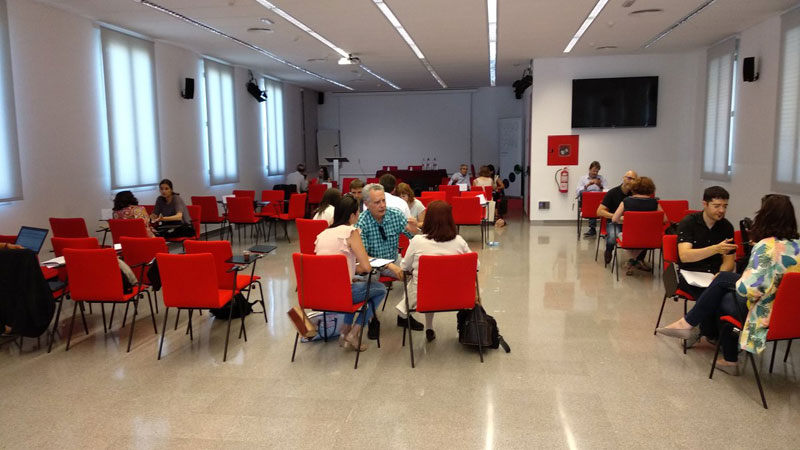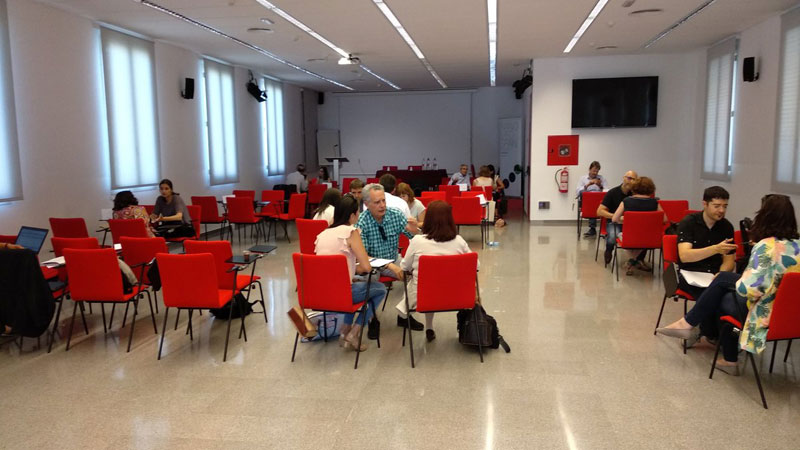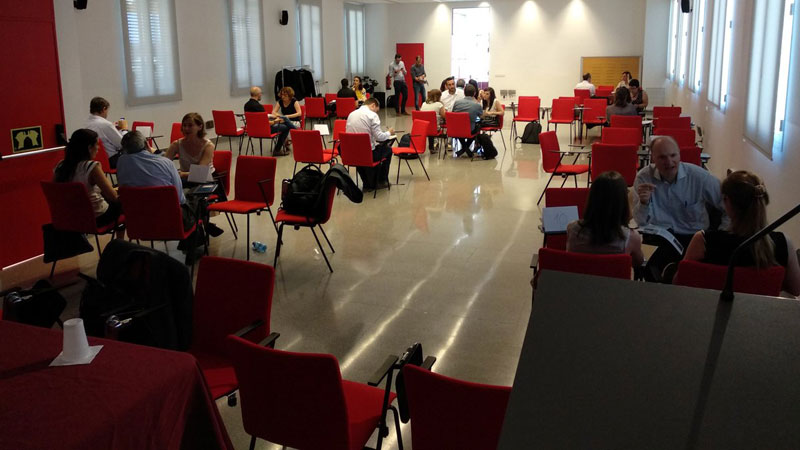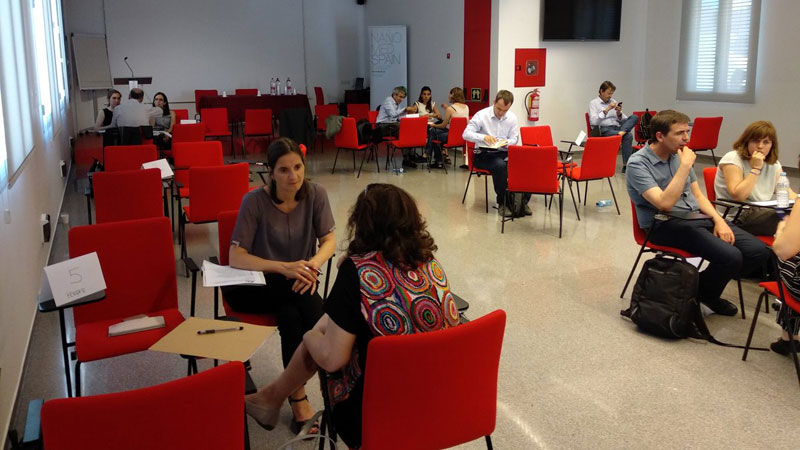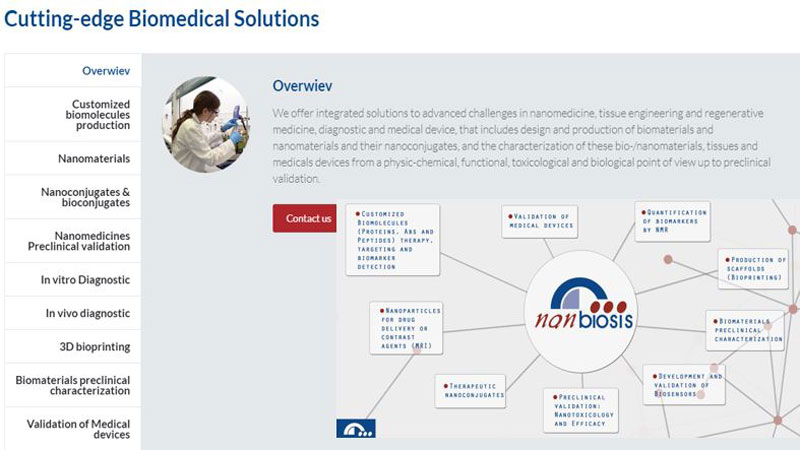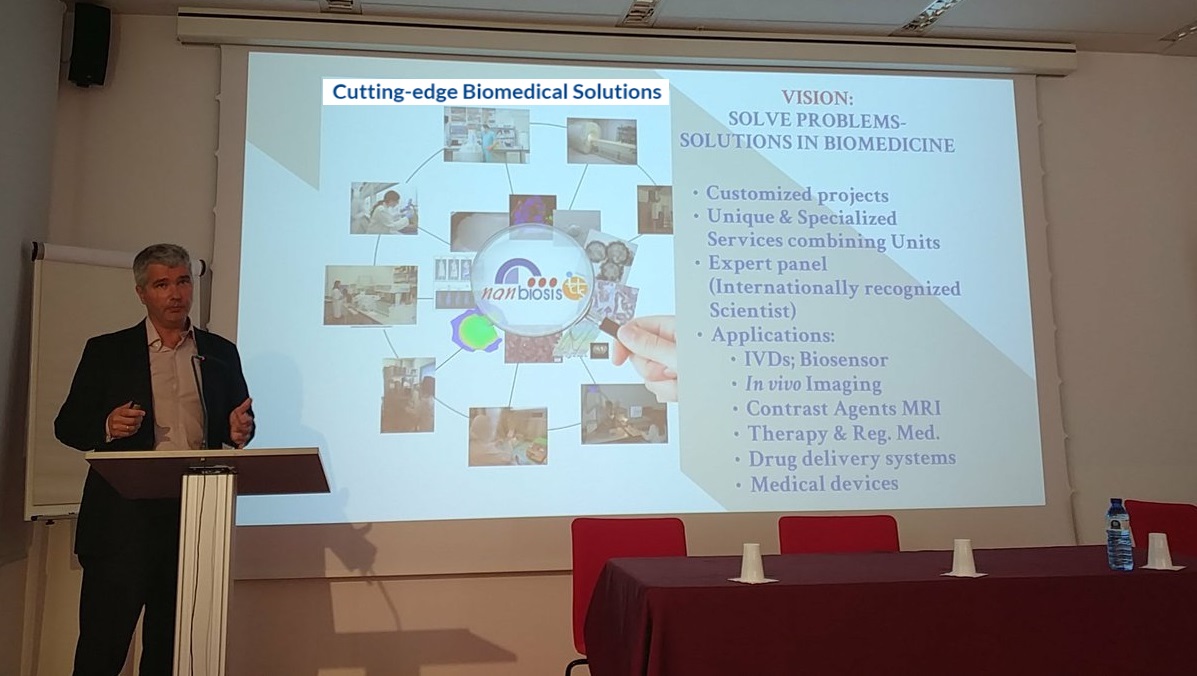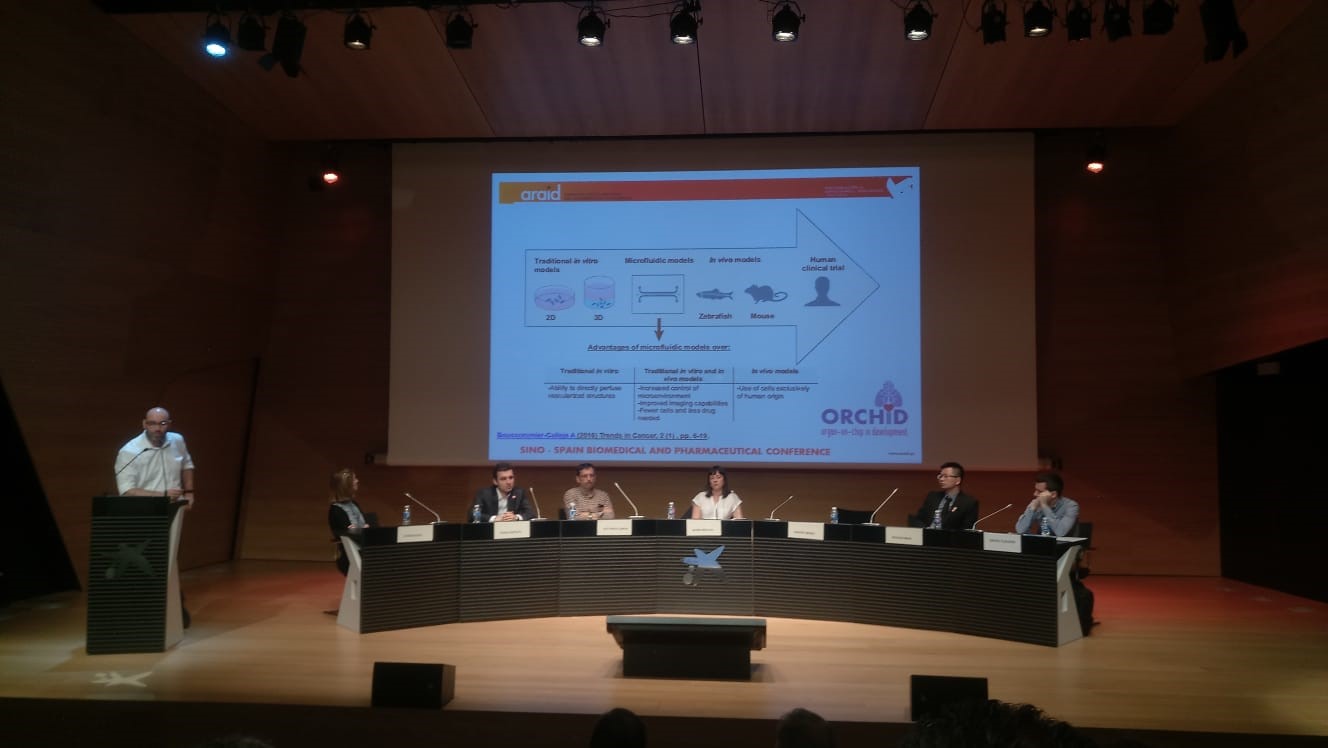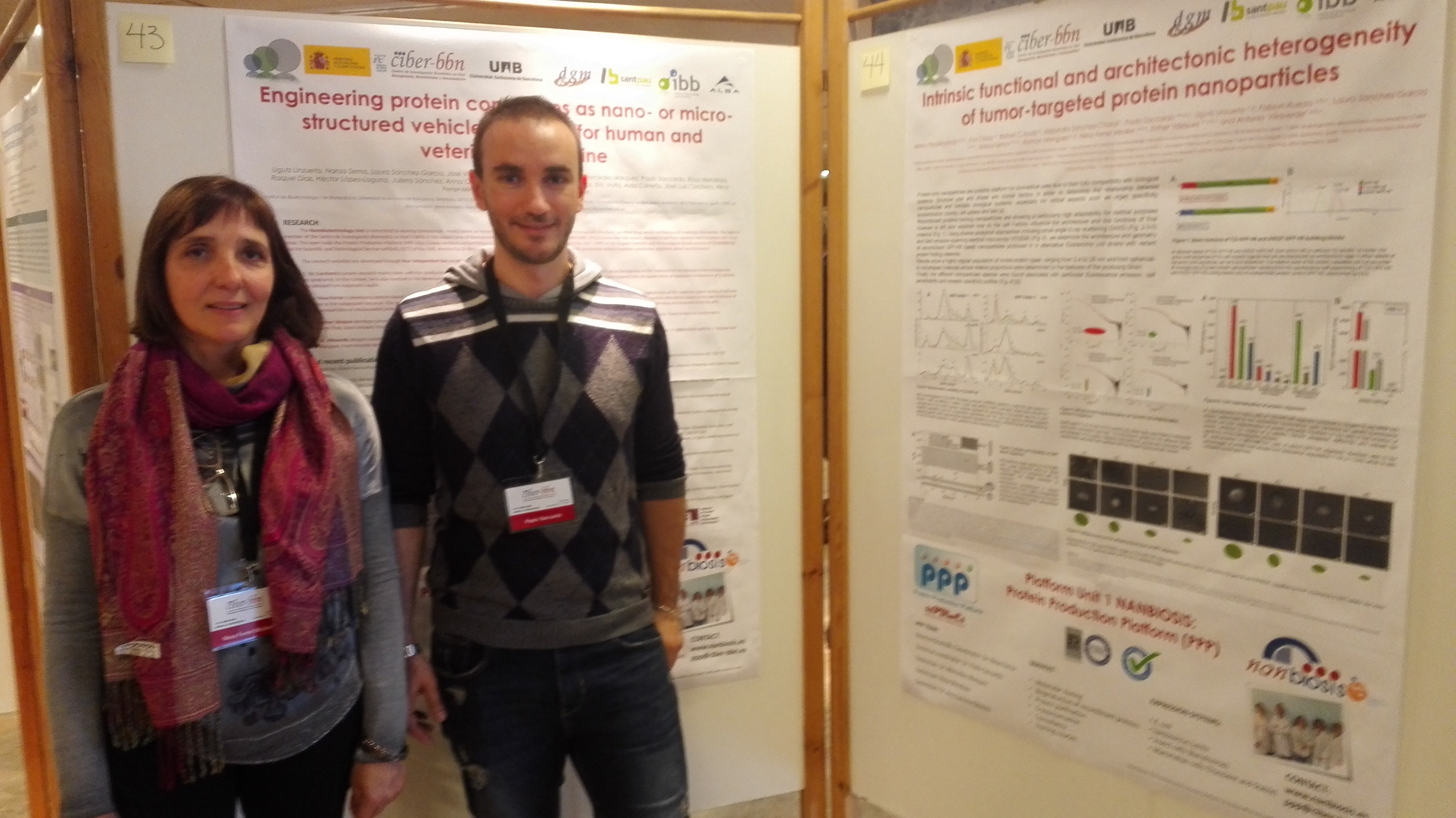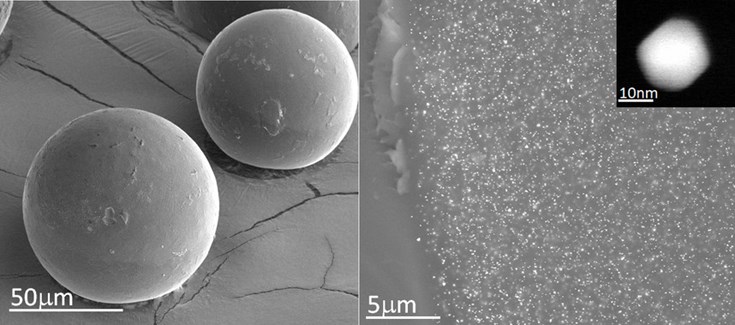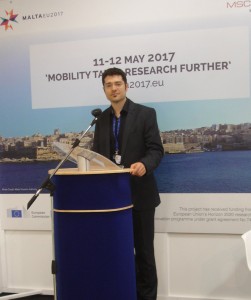Researchers of NANBIOSIS U9 awarded for a work on scaffolds for dental regeneration
Researchers Manuel Arruebo and Víctor Sebastián, from the CIBER-BBN group led by Jesús Santamaría (NFP) at the University of Zaragoza, that coordinates NANBIOSIS Unit 9 Synthesis of Nanoparticles, have received the second prize of the Resomer Awards granted by the company Evonik, a international recognition to competitiviness.
Their work “Promoting bioengineered tooth innervation using nanostructured and hybrid scaffolds”, has been published in the journal Acta Biomaterialia 50 (2017) 493-501. In this work, the researchers of the CIBER-BBN manufactured biodegradable materials such as scaffolds to promote dental regeneration. These scaffolds contained an immunosuppressive drug that, in addition to avoiding rejection after implantation, favored innervation. These implants were evaluated in vitro and in vivo at the French National Institute for Medical Research in Strasbourg, in the group of Nadia Jessel, demonstrating in animal models that these implants favored tooth regeneration and that the regenerated teeth were vascularized and innervated, both necessary characteristics to obtain a good regeneration.
The company Evonik AG is one of the largest chemical companies in the world with more than 36,000 workers and chemical plants in more than 30 countries. Its specialty is fine chemistry and one of its flagship products are biodegradable polymers.
Article of reference
Promoting bioengineered tooth innervation using nanostructured and hybrid scaffolds. Kuchler-Bopp S, Larrea A, Petry L, Idoux-Gillet Y, Sebastian V, Ferrandon A, Schwinté P, Arruebo M, Benkirane-Jessel N. Acta Biomater. 2017 Mar 1;50:493-501. DOI: 10.1016/j.actbio.2017.01.001 Epub 2017 Jan 3.
